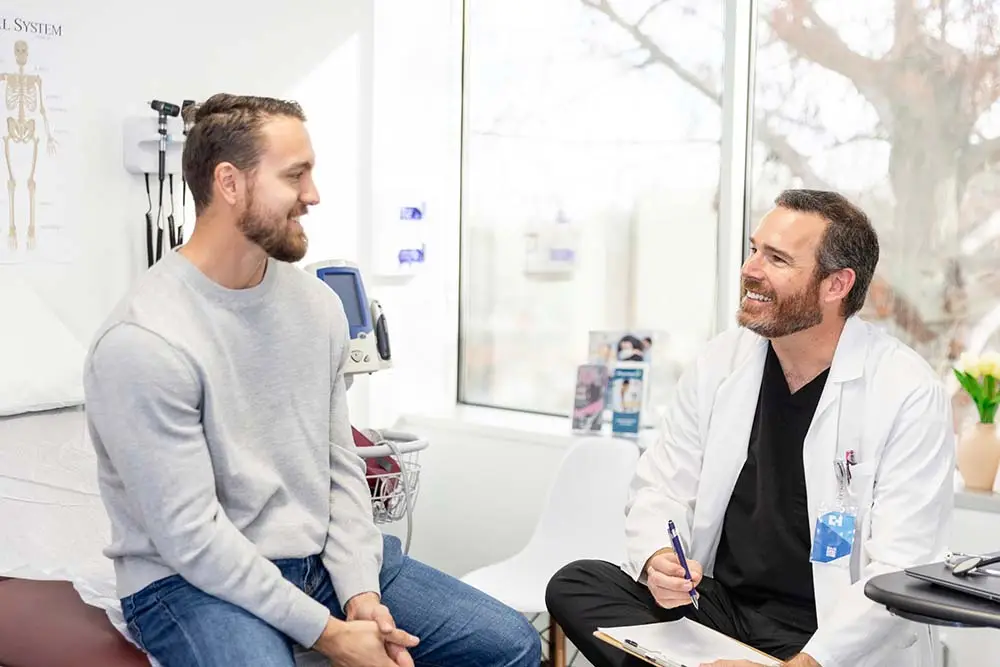Bioidentical pellet implants offer a natural, safe, and effective way to restore hormonal balance in both men and women—and they’ve been proven for more than 70 years. Here’s a quick overview:
A Brief History of Hormone Therapy
Bioidentical pellet therapy originated in Europe in the 1930s. Dr. Robert B. Greenblatt, a highly respected pioneer of Endocrinology, introduced this new method to the United States in 1939.
Today, pellet implants are used by many practitioners for hormonal imbalances. One of the best things about bioidentical pellets is that they are derived from plant hormones—meaning they are natural, safe, and effective!
This also means that these plant-derived hormones we use are identical to the ones our body creates naturally, minimizing any adverse reactions that come along with synthetic hormones.
Why Choose Bioidentical Pellets?
While there are many benefits to hormone replacement therapy for both men and women, here are a few benefits of Bioidentical pellet implants specifically.
1. Safe, Simple Insertion
Pellets are placed painlessly under the skin, where they release a steady, low dose of hormones. This slow release keeps your blood levels balanced all day—no spikes, no crashes.
2. Consistent, “Just-Right” Dosing
Unlike creams, pills, or patches, pellets deliver hormones exactly as your body would. You never have to remember a daily pill or worry about a patch slipping off—pellets maintain steady hormone levels over weeks or months.
3. Stronger Bones—and More
As we age, shifting estrogen and testosterone levels can weaken bone density and raise fracture risk.
Pellet therapy outperforms oral, injection, and topical methods for:
Bone density maintenance
Sexual function and libido
Mood, cognition, and sleep
Urinary and vaginal comfort
Healthy lipid profiles and hormone balance
Find Out if Bio-Identical Hormone Therapy is Right for You
To find out if bioidentical pellet therapy is right for you, visit our Bioidentical Hormone Replacement Pellet Therapy page or take our free online health assessment to see if you may be suffering from a hormone imbalance.



